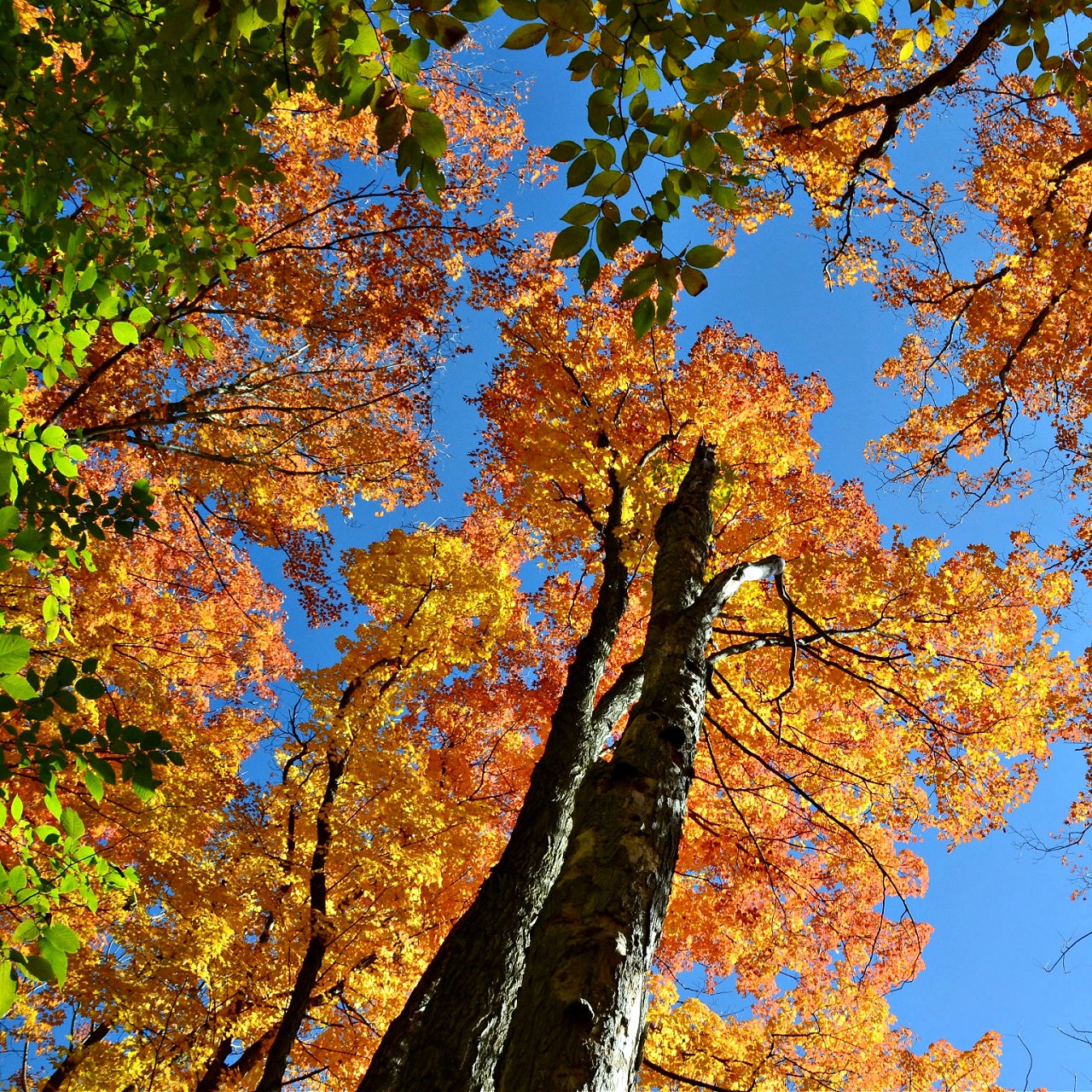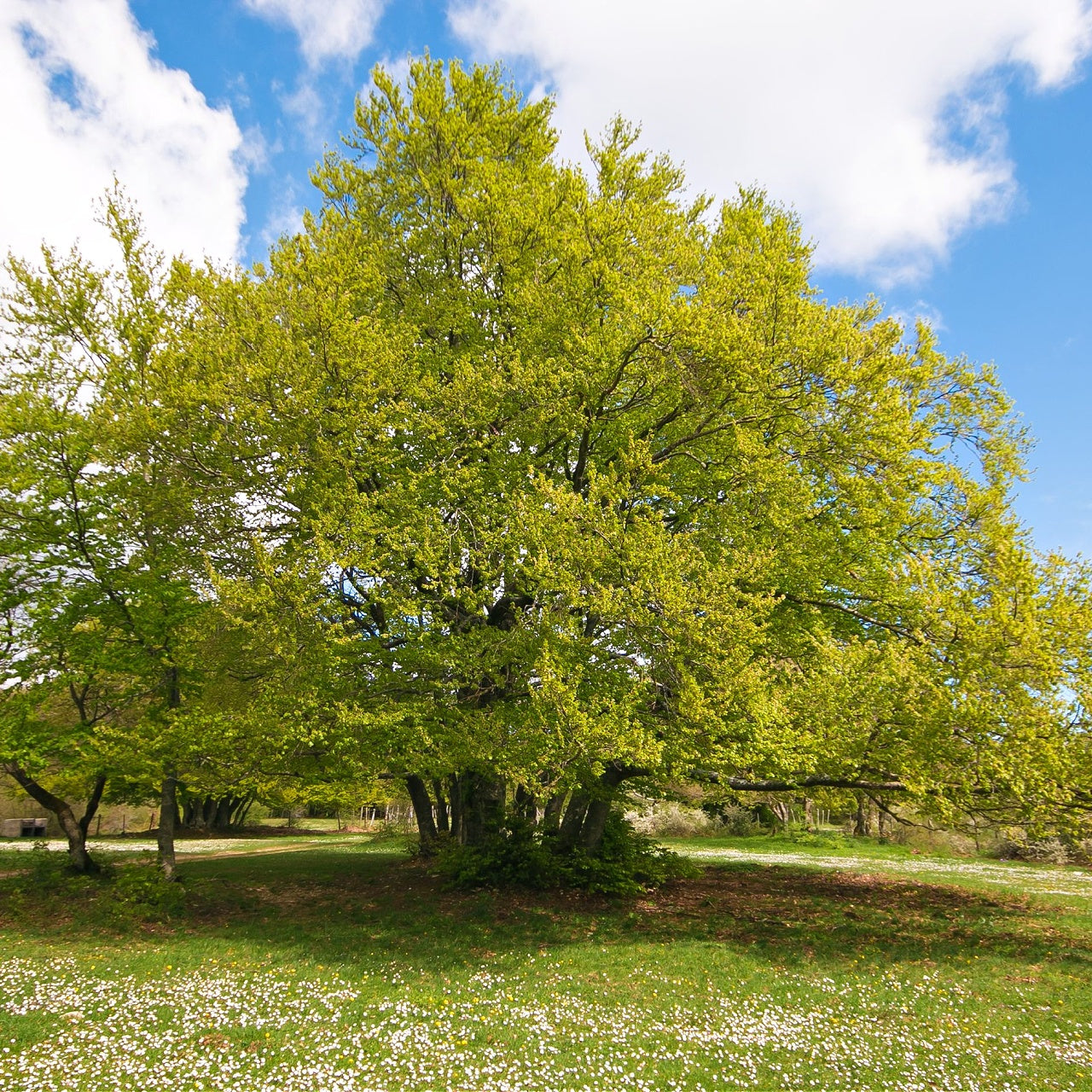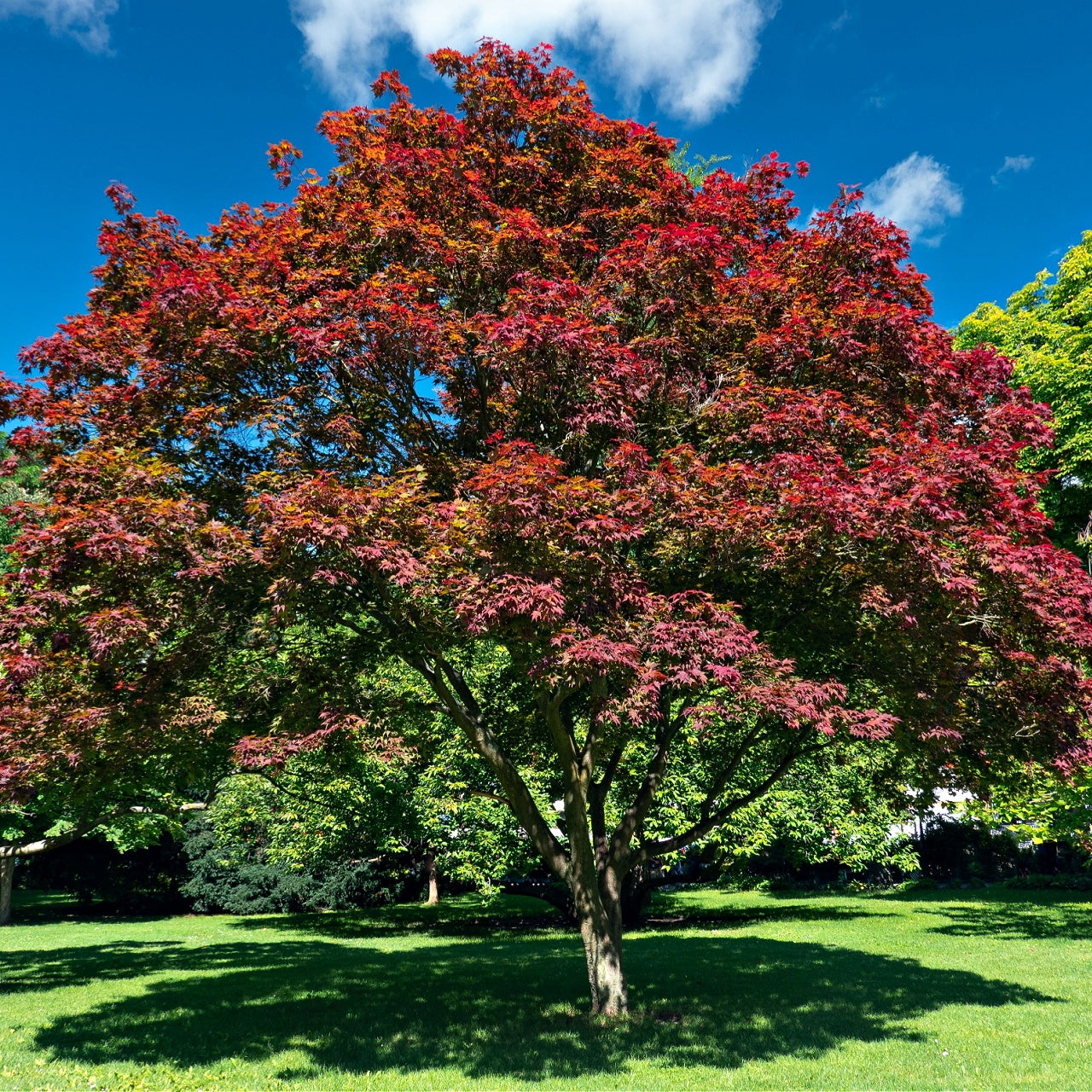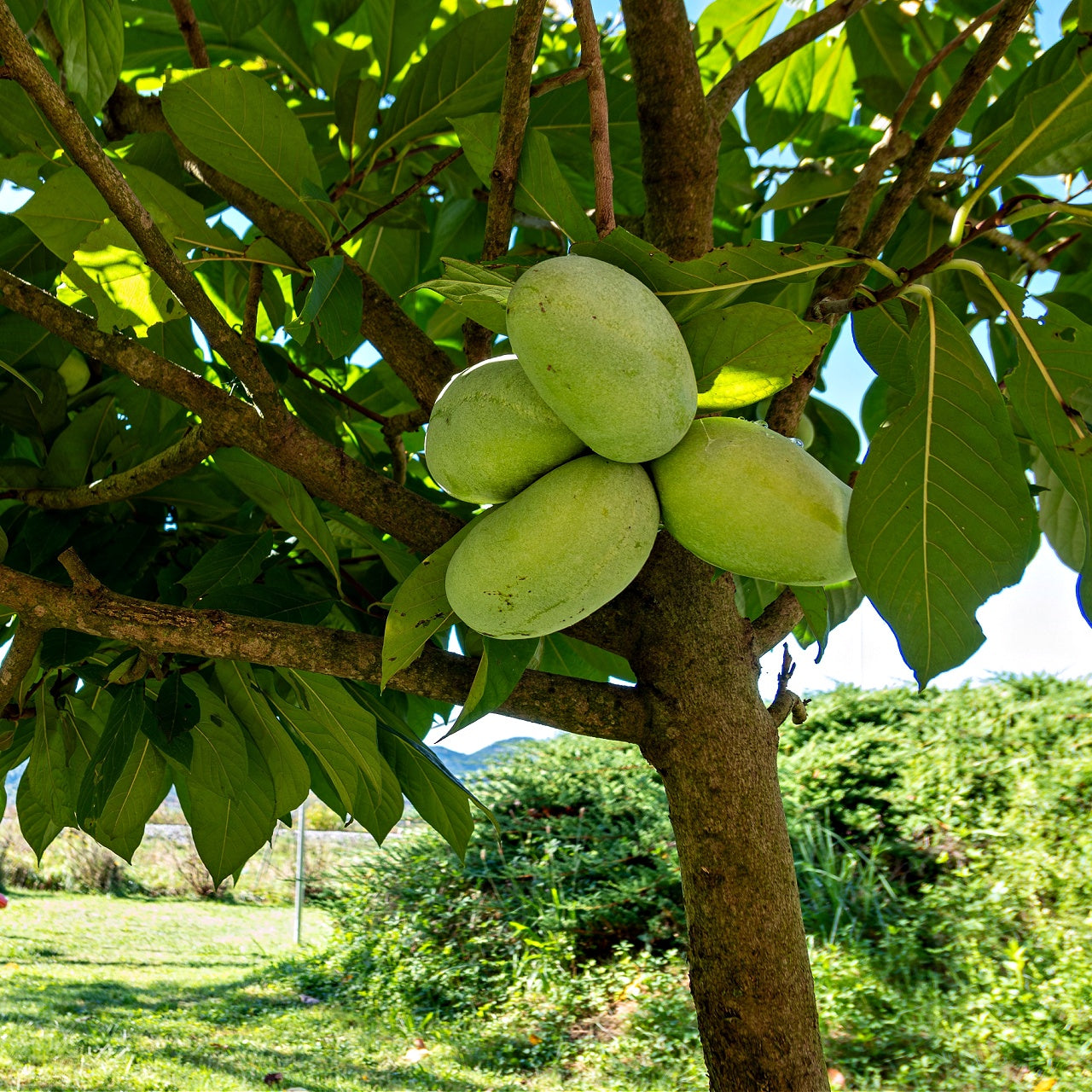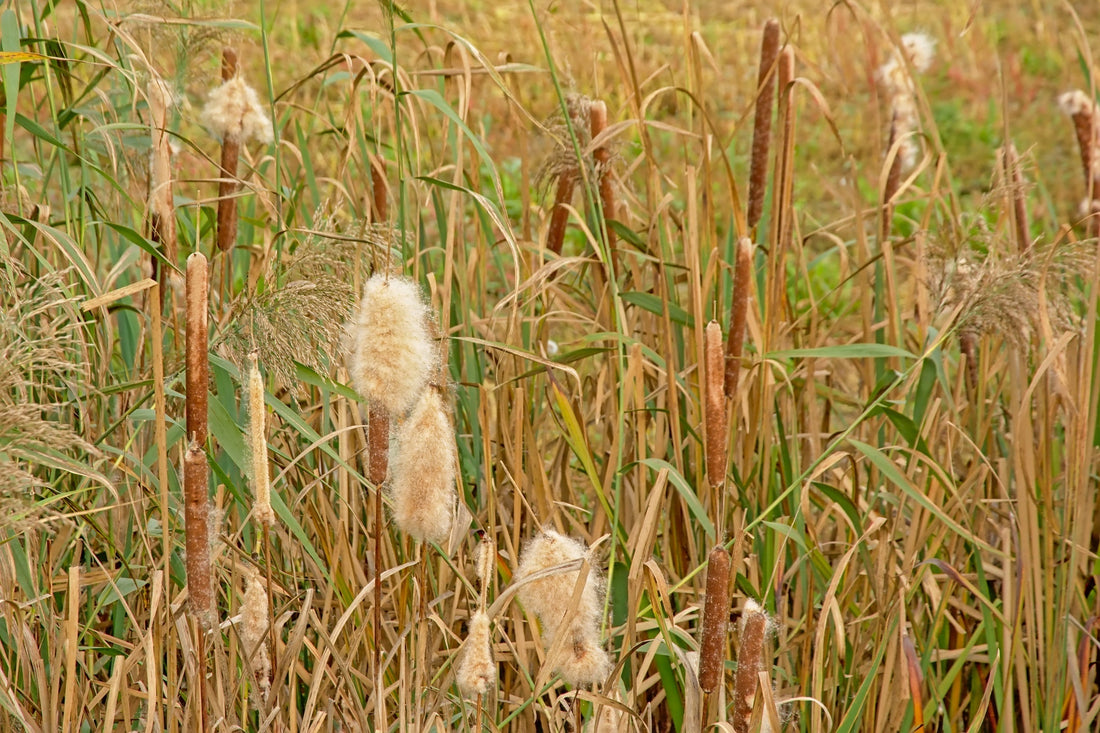
How Mitigation Plants Help the Environment
How Mitigation Plants Help the Environment
Plants are an essential part of a successful mitigation plan. Plants used for mitigation and habitat restoration are native plants specifically designed to help a natural ecosystem recover from damage. Ideally, mitigation plants provide aesthetic appeal as well. Depending on where the affected area is, mitigation plants serve different purposes. For instance, coastal area mitigation plants help fortify dunes and create barriers to shield the surrounding area from storm damage. In low-lying areas, mitigation plants lessen the severity and duration of floods. In the arid Southwest and California, mitigation plants benefit the environment by protecting against fire.
How Mitigation Plants Help the Environment
In recent years, shorelines and wetlands have taken a brutal hit from increasingly violent storms and weather events. Although it's impossible to stop these events from happening, it can alleviate their effects. One such way is using plants and trees to control erosion and runoff. According to the United States Department of Agriculture (USDA), resilient trees planted downhill on a slope can retain tremendous amounts of water. A group of 100 full-grown trees can reduce runoff by over 100,000 gallons; Some of the best choices for wetland mitigation include tulip trees, sugar maples, Ponderosa pine, and oak trees. Native grasses with deep roots, such as horsetail grass, are other good options for wetland restoration and erosion control. Ferns, which thrive in the low-light and forested conditions found in many swamps and wetland areas, are also a popular option.
Mitigation has a similar concept for fire-prone areas. Non-native species, such as the Eucalyptus tree in California, have the potential to exacerbate fires. Eucalyptus trees, for instance, contain highly flammable oils within their leaves that have fueled many of the state's wildfires. Some plants are better for fire control than others. Hardy plants with succulent leaves, such as rose and oleander, are more resilient to fires. Oak, honeylocust, and crabapple trees are some top choices for fire control. These species tend to burn more slowly than flammable trees, which can slow or even prevent fire from spreading into towns and neighborhoods.
Getting Started
Whether it's done on a small residential scale or a larger commercial scale, mitigation needs to have a thorough plan to be successful. A grading and planting plan helps determine factors like slope steepness and habitat. A planting plan involves selecting and deciding when to plant them. Before planting new plants and trees, it's generally recommended that you remove existing vegetation first. That eliminates unhealthy and non-native plants. You can then plant new seeds or use live cuttings to start the mitigation project. Live cuttings are simply snippets of the stem from mature trees taken before spring when the trees are still dormant. Live cuttings are then planted in the soil like seeds to grow new trees. They are handy for restoring buffers.
Mitigation plants, which naturally resist intense storms and severe weather, are an excellent choice for restoring a wetland habitat or controlling fire spread. Native plants, which have adapted to specific environments, are the best choice for mitigation. Restoring an area also provides a holistic benefit to the local area by protecting towns and developed areas from natural disasters. Native plants also provide vital sustenance for indigenous wildlife populations.
Products from the Article
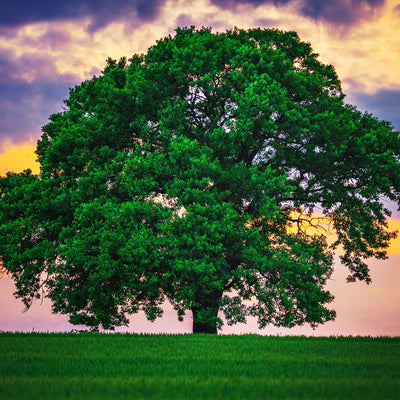
White Oak Tree



